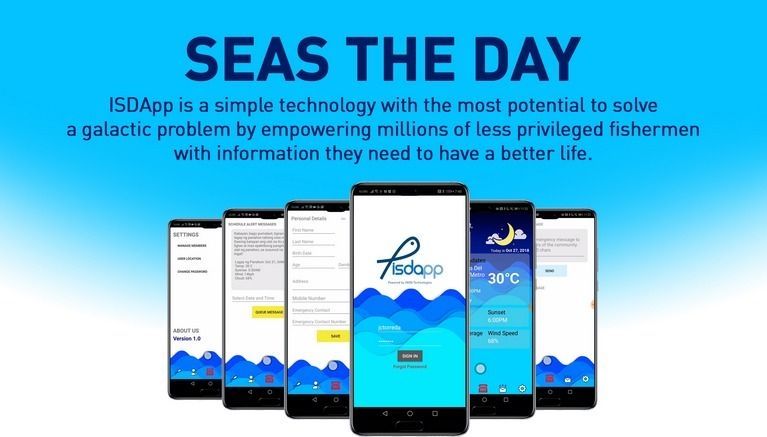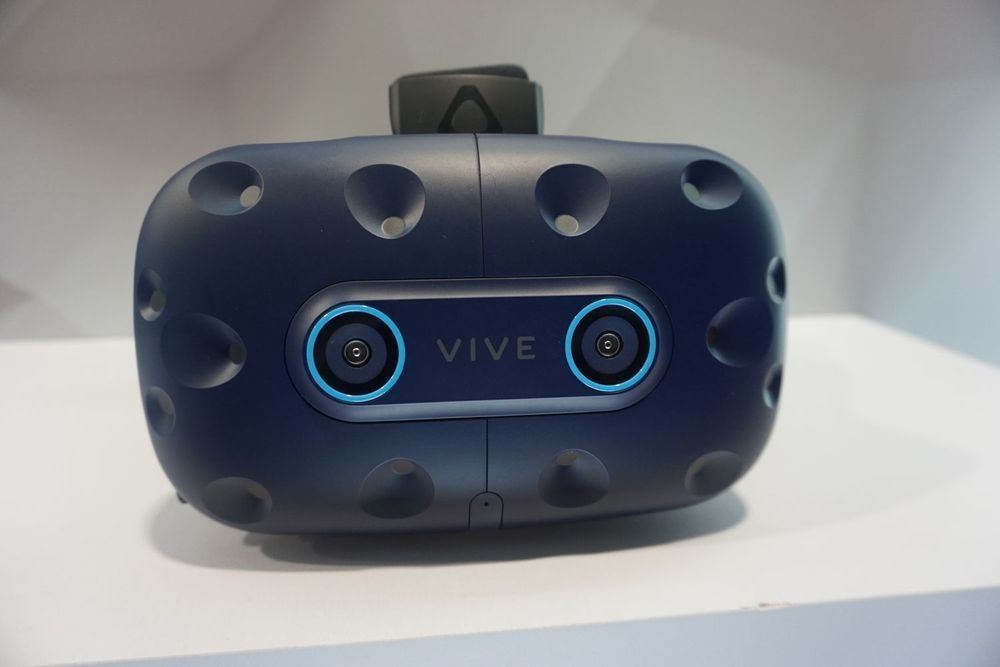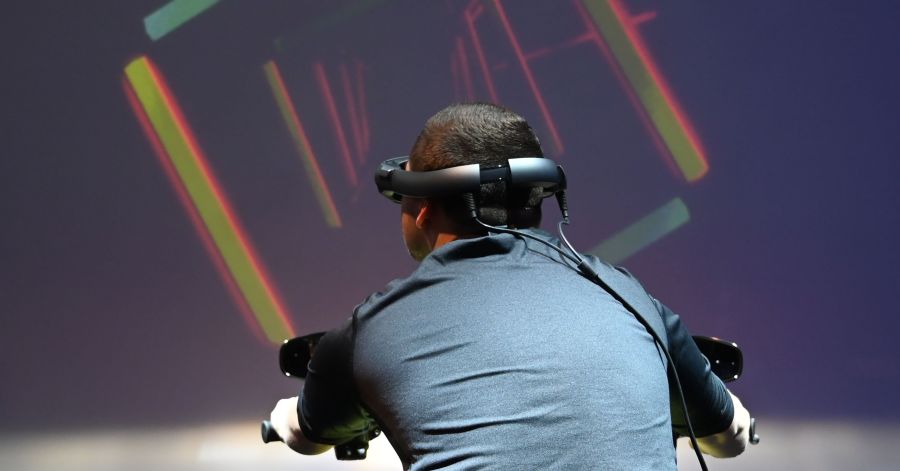Star Trek’s famous holodeck is a virtual reality stage that simulates any object in 3D as if they were real. However, 3D holographic projection has never been realized. A team of scientists from Bilkent University, Turkey, has now demonstrated the first realistic 3D holograms that can be viewed from any angle.
Category: virtual reality
VR and AR will expand the limits of human perception
As the artificial brain races towards the singularity, what we often forget is the boost to human brainpower that will accompany it. As we increase our senses and perceptions, humans have a choice what to do with these new superpowers, that can be used to reinforce one’s tunnel vision of life or to ignore it.
This story is part of What Happens Next, our complete guide to understanding the future. Read more predictions about the Future of Fact.
Not everyone experiences the world in the same way. Whether it’s how you react to the results of an election or what tones you hear in a sound clip, observable reality is often not as objective as you think it is.
Emerging technologies such as augmented reality will further blur this line. With AR on mobile devices and head-mounted displays, we’re well within the start of what it means to live an augmented life. Humans are doing a lot of fun things right now, like integrating playful games into our world and painting ourselves with digitally applied effects and makeup. We’re also starting to find utility for AR in the workplace and with hardware designed specifically for the enterprise market.


San Francisco 2036: The Story of the First “Cyberian” Trillionaire and Countdown to the Singularity
Going forward into our exponential future…
“By our very nature, we humans are linear thinkers. We evolved to estimate a distance from the predator or to the prey, and advanced mathematics is only a recent evolutionary addition. This is why it’s so difficult even for a modern man to grasp the power of exponentials. 40 steps in linear progression is just 40 steps away; 40 steps in exponential progression is a cool trillion (with a T) – it will take you 3 times from Earth to the Sun and back to Earth.” –Alex M. Vikoulov, The Syntellect Hypothesis: Five Paradigms of the Mind’s Evolution.
Today is a special day for me. My AI assistant Ava scheduled few hours aside from my otherwise busy daily lineup to relive select childhood and adolescence memories recreated in virtual reality with a help of a newly developed AI technique ‘Re: Live’. Ava is my smart home assistant, too. I can rearrange furniture in any room, for example, just by thinking. Digital landscape wallpaper is changed by Ava by knowing my preferences and sensing my moods.
I still like to sleep in an old-fashioned natural way from time to time, even though it’s now optional with accelerated sleep simulation and other sleep bypassing technologies. So, when I opt to sleep, I like falling asleep and waking up on a virtual cloud projected directly to my consciousness, as most VR experiences are streamed via optogenetics.

And the Global Winners Are
Global Winner ISDApp was created by a team called iNON in the Philippines (“isda” is the Filipino word for “fish”). This community app is designed to empower fishermen with daily information useful for fishing and safety. #SpaceApps #SpaceAppsPH
A virtual reality (VR) exploration of the Moon; an educational, problem solving, and collaborative VR game for kids using NASA and planetary data; and a tool to express the wonders of satellite imagery through audio are three of the six apps chosen as Global Winners in NASA’s 2018 Space Apps Challenge. The six Global Winners were selected from 1,375 apps created during an intense 48-hour global hackathon last October.

HTC Vive Pro Eye Hands-On: Feeling Powerful With Built-In Tobii Eye Tracking
Hands are old news. VR navigation, control and selection is best done with the eyes—at least that’s what HTC Vive is banking on with the upcoming HTC Vive Pro Eye, a VR headset with integrated Tobii eye tracking initially targeting businesses. I tried out a beta version of the feature myself on MLB Home Run Derby VR. It’s still in development and, thus, was a little wonky, but I can’t deny its cool factor.
HTC announced the new headset Tuesday at the CES tech show in Las Vegas. The idea is that by having eye tracking built into the headset, better use cases, such as enhanced training programs, can be introduced. The VR player also says users can expect faster VR interactions and better efficiency in terms of tapping your PC’s CPU and GPU.
Of course, before my peepers could be tracked I needed to calibrate the headset for my special eyes. It was quite simple, after adjusting the interpupillary distance appropriately, the headset had me stare at a blue dot that bounced around my field of view (FOV). The whole thing took less than a minute.

After the Smartphone: The Race for the Next Big Thing
As the smartphone market matures, startups are racing to predict what’s next, and venture-capital firms are spraying money into fields like virtual reality, smart watches and even implants in the brain. Here are some of the startups attracting investment.
Venture-capital investors are spraying money into fields like virtual reality, driverless cars and even implants in the brain.

12 Creative Virtual Reality Uses Businesses Should Consider
Virtual reality (VR) has made massive bounds in recent years. We’re now seeing VR as an innovative and creative experience catered to customers.
To find out about t he creative ways entrepreneurs are using VR — and which methods have true applicability — I asked a panel of entrepreneurs from Young Entrepreneur Council the following question:

The 2018 Update on The Future of Everything
Augmented Reality (AR), Virtual Reality (VR), Mixed Reality (MR), Haptics and Holographics, are all in gradual market diffusion stage as of 2018, after having long been the stuff of science fiction content. Even so, even as of 2018, the misconceptions remains overwhelmingly widespread and strong, that these are for gaming, entertainment, leisure and recreation. None of these technologies or interface methods, however, were ever meant to be for just that alone.